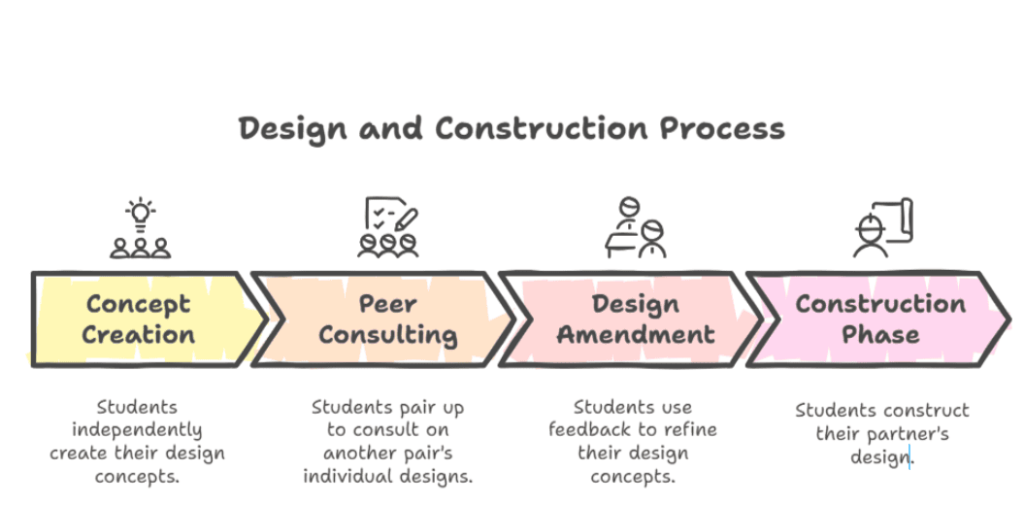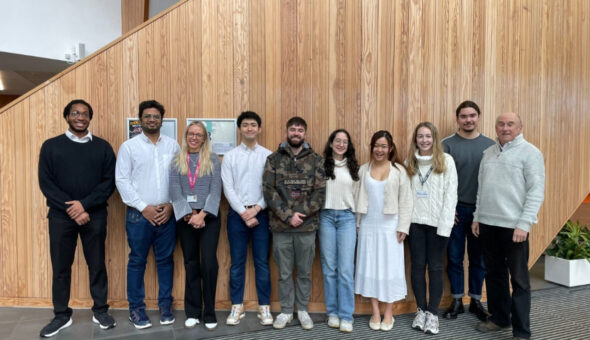Overview
Group work is an integral part of Architecture and Civil Engineering. With companies wanting students to have the transferable skills to work productively in teams, as well as the Office of Students including group working skills as a sector-wide standard, supporting students in group work to ensure their success is as important as ever.

Dr Taghried Abdelmagid recognises this and has developed and delivered formative and summative group projects, incorporating a platform called FeedbackFruits, to allow her group of Year 1 students to practice and strengthen their group working skills.
Through her activities, students are:
- Supported in their group work. Disengaged students can be identified early (via learning analytics data) and provided with extra guidance to keep them on track.
- Supported in providing constructive feedback to peers (e.g., via examples of professional critique).
- Able to develop skills through peer and staff feedback, which highlights areas for improvement.
Dr Abdelmagid used FeedbackFruits to minimise the administration side of the activities and streamline the process for staff and students. FeedbackFruits allowed her to set-up the activities for the different groups, pick-up quickly students that may not be engaging fully in activities and ensure feedback was given and, just as importantly, read by students. These projects had previously been managed by increasingly complex spreadsheets, which were prone to human error, and were time consuming to maintain.
Background Context
With a first-year cohort of about 260 students (~150 architecture students and ~110 civil engineering students), Dr Abdelmagid aimed to address the challengs of group dynamics, equitable contribution and communication skills through two group projects. The unit's group projects were structured in two phases:
- Phase 1: Interdisciplinary collaboration in the first six weeks - formative assessment. Students worked in mixed-groups of 7-8 architects and civil engineers, which were randomly selected by the teacher as students had yet to form bonds with their peers.
- Phase 2: Discipline-specific projects in the following five weeks - summative assessment. Students worked in pairs. Ideally students were to choose their partners, however due to time constraints this was not possible this year.
The use of FeedbackFruits supported formative peer assessments during the first phase and guided structured feedback loops in the second phase.
Approach
Phase 1: Architect and Civil Engineering collaboration

The unit convenor grouped students before the project started. Groups completed a formative assessment design project. Students worked to create a structure that represents the concept of "crossing".
Midway through the phase, students provided peer ratings (1-5) on engagement within their group through FeedbackFruit's Group Member Evaluation activity. The ratings helped identify students who felt isolated, were having issues within their group, or under-engaged, prompting well-being check-ins by tutors and the unit convenors. The use of FeedbackFruits for this activity also helped students become more familiar with the tool and prepare them for its use in Phase 2.
Phase 2: Discipline-specific projects

Civil engineering students were grouped into twos to work on a design project that involved conceptualisation, feedback integration, and model testing. Students independently designed a water tower. In pairs they worked as "consultants" to provide feedback to two other students' initial design who then use that feedback to amend their design. Finally, students would construct their partner's water tower design, using their partners' method statement and construction drawings. The contractor then feedbacks on the buildability of the tower.
FeedbackFruit's Peer Review facilitated structured feedback exchanges between partner-pairs acting as designers and consultants. Students reflected on the feedback received and used the feedback to improve their designs. Providing feedback allowed students to practice critically reviewing work and clearly communicating their ideas. Final submissions included sketches, method statement, construction drawings, feedback reflections, and a reflection on real-world constraints and model failures.
Outcomes
FeedbackFruits enhanced student collaboration and accountability. Key impacts include:
- Improved group dynamics: By organising the group member review during Phase 1 instead of afterwards, the feedback increased accountability for the formative project. It also allowed tutors to intervene if necessary.
- Increased student engagement: The peer review format encouraged active participation. Having to include feedback reflections, and requiring students to use feedback in their designs, the activity allowed students to model real-world practices. This increases authenticity and starts students on the path to understanding how they can develop their employability.
- Enhanced learning outcomes: Structured reflections on feedback allows students to refine and improve their designs.
Overall, the use of FeedbackFruits streamlined the feedback process and allowed the unit convenor to monitor group interactions efficiently. The final deliverables demonstrated improved alignment with real-world engineering and communication practices. In their final reports, students praised the feedback process and noted that the experience highlighted to them how peer review and critical feedback is essential for design progress and business relationship development.
It's worth noting that not everything was plain sailing. There were some logistical challenges when initially setting up the FeedbackFruits activities, with some unexpected behaviour when adding the activities to Moodle. This has been reported to the FeedbackFruits support team, but in future it would be useful to have some staff training to be aware of the recommended approach to activity creation. The TEL team have subsequently provided support.
Respond


